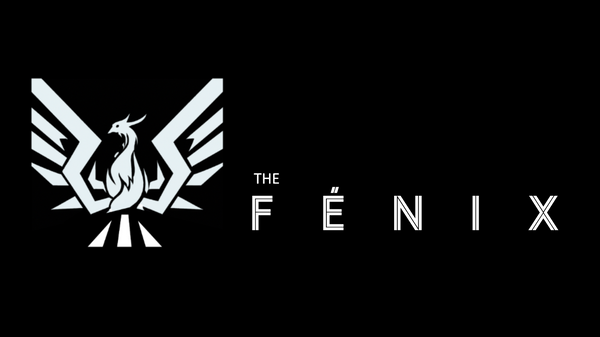Multitasking Overload Training is a term I use to describe training where the aim is to ask the student to execute more movement control challenge in less time than they comfortably can. This may mean doing multiple hard things at the same time (typically each of these will be driven by a different limb or limbs). It may alternatively mean doing challenging things in sequence where the things don't flow from one to the next in a simple easy way and where that sequence happens fast.
Why would we do this? If you think about the contested areas of the ice, you can see that the game can create multitasking overload by its very nature. Basically, if you try to bring the puck into a dangerous scoring area, your task is to keep control of the puck while managing body position to hopefully set up a shot, attend to the position of the goalie and look for an open place to shoot. Oh, and you also need to deal with challenges from defenders that are trying to dislodge the puck and trying to ensure that you have to pay attention to them instead of the open areas of the net.
Image Removed: Goal Scoring Heat Map
That is a heavy task load for the brain to process… and succeeding in those areas demands adaptation to that sort of task load. It is near impossible to mimic the exact sequence of events that you will encounter in an upcoming game, so sometimes it is enough to be somewhat similar and just make sure that the mulittasking load is overwhelming.
How can we create multitasking overload in practices?
One way is to blend edgework and hands work at a challenging pace. Another is to blend agility and hands work or to blend normal skating and hands work and demand high precision with the hands. You can blend agility and pass receiving where players have to catch a hard pass coming out of an aggressive turn or transition. Similarly, you can demand that they shoot right out of an agility move. Or, obviously, one can make more elaborate combinations of any of those.
Of course any of those can be somewhat easy if done slow enough, so multitasking overload demands pushing the pace. But, often times the best play is to start any of those complex set-ups slow enough to be within a comfort zone and then create multitasking overload by pushing the pace.

Slip unders place obstacles in the midst of the area where we will be moving our body and maneuvering the puck. They can force precision in the puck trajectory while also queueing agility maneuvers to match a pattern specified by a coach, a plan made in advance by a player, or even improvisationally. Approaching slip under device at speed while doing all of that can produce a really high multitasking load.
And, slip under devices can demand detail. How do you work your stick around the simulated shaft of the stick? How do you move your body out of the way or over top of the slip under device? How do you turn to get lined up for the next slip under while preparing to position the puck? All of these can foster numerous teaching points that a student should attend to, all adding load to the motor control challenge.
Do to yourself what the game will do to you later so you can be prepared. Seek discomfort with the complexity of the multitasking challenge so you can find comfort in game situations that overwhelm others!

